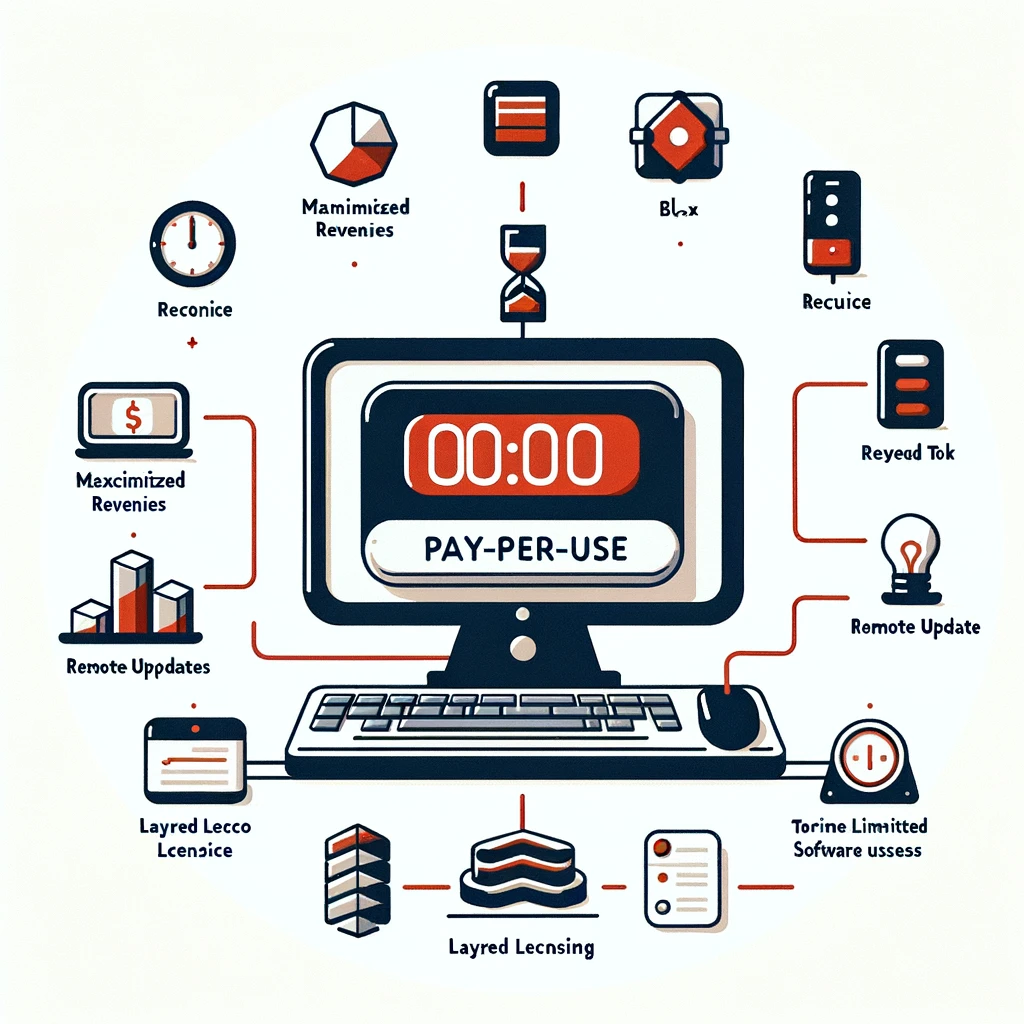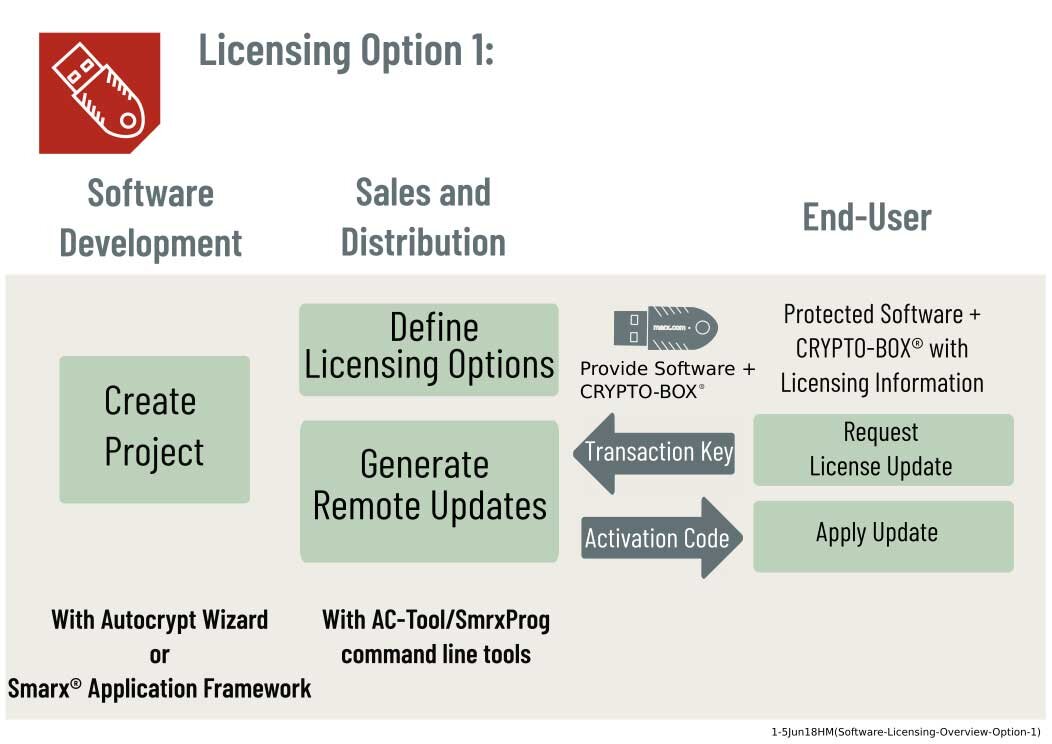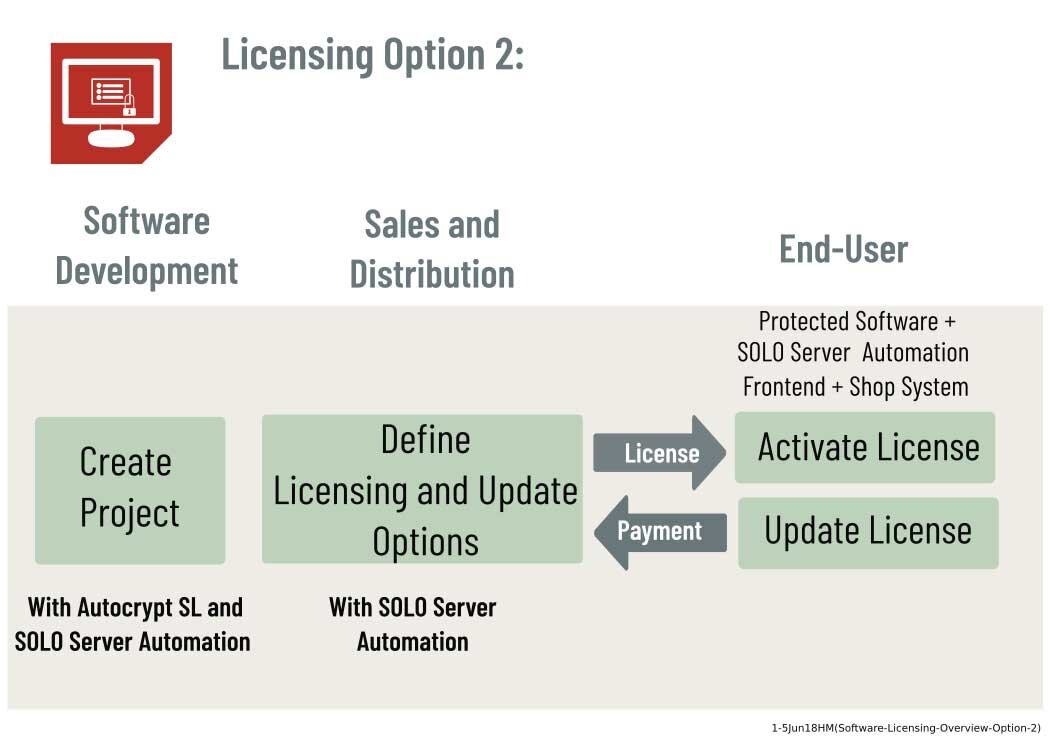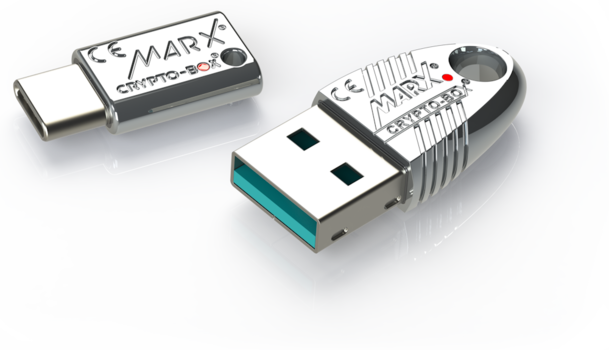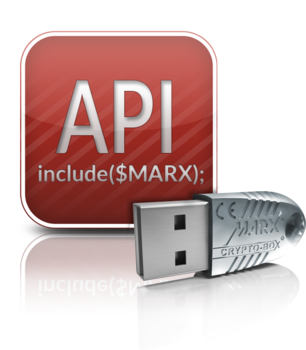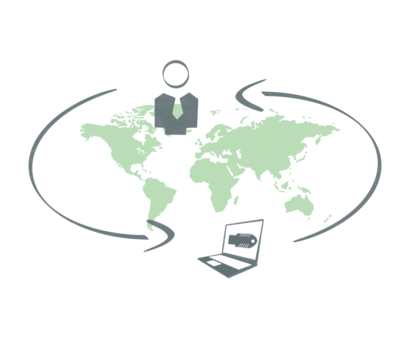Software licensing: flexibility & protection
There are many reasons why you should license your software efficiently and transparently and secure the right to use it, whether with traditional, open source, or freeware models! With flexible licensing models and clear license agreements, you can open up new sales channels and maximize your sales. Effective license management and well thought-out licensing strategies are the key to the success of your software business. You can increase your sales potential, offer flexible access controls, and increase customer satisfaction with innovative pricing models that guarantee continuous revenue and long-term customer loyalty.
The Pay-Per-Use and Floating License models allow you to set new standards in the flexibility of your offerings. These models are designed to meet the needs of your end users and integrate seamlessly with existing sales systems. Increase customer satisfaction and dominate the market with your customized licensing strategies.
Increase sales
- Maximize revenue and resources
- Simplify acquisition and deployment with clear licensing models
- Respond quickly to market changes
- Gain flexibility and cost efficiency with pay-per-use
- Reduce unlicensed use and build confidence
Improve customer loyalty
- Provide instant access to your software
- Increase positive interactions and strengthen business relationships
- Transparent options and clear usage rights
- Provide flexibility through easy-to-use models
- Reduce churn rates and boost confidence
Licensing Options Overview
Gain the flexibility and agility to respond to market demands by taking full control of your software licensing.
Whether hardware-based systems such as the CRYPTO-BOX or software-based solutions, all models offer customized strategies to maximize your profits. You have full control over your license costs, whether for demo versions, leasing or pay-per-use models. Rely on flexibility, cost transparency and consistent compliance with software rights - the essential building blocks of an unbeatable licensing strategy.
Flexibility
Adapt your software flexibly to market requirements, from hardware-based systems to software-supported solutions.
Control
Gain complete control over license spending, including demo versions, leasing, and pay-per-use scenarios.
Transparency
Ensure clear and transparent licensing processes that guarantee compliance with software rights.
Hardware-based licensing
Hardware-based licensing offers increased protection against software piracy through the use of physical devices. Our CRYPTO-BOX®: A microchip-supported hardware that uses robust encryption techniques.
-
Floating License: Network licensing with a license counter to control the frequency of use.
-
Demo Versions: Software can be evaluated with limited functionality before purchase and becomes a full version when the CRYPTO-BOX is attached.
-
Pay-Per-Use: The application usage can be limited either by the time or by the numbers how often the application can be started. These values can be extended indefinitely by remotely updating.
-
Extras: The CRYPTO-BOX can also store individual data objects or encryption keys.
Software-based licensing
With Autocrypt SL and SOLO Server Automation, licenses can be updated and extended quickly and easily. Optionally, new licenses can be added. No physical devices are required.
-
Autocrypt SL: No additional hardware required for easy license updates and renewals.
-
Remote Updates: Licenses can be updated and extended remotely at any time.
-
SOLO Server Automation: Integrates license management and e-commerce.
-
Optional e-commerce module: Fully automate the purchase and payment of protected software (24/7 sales).
Products for Software Licensing
Implementation and management
We ensure a fast and smooth implementation of your license solutions with our dedicated support. Comprehensive training and detailed documentation ensure that your employees have the knowledge they need to manage licenses independently and efficiently.
Ongoing technical support and regular updates ensure that your licensing systems are always up-to-date and can be adapted to changing requirements. This ensures a high level of operational reliability and long-term customer satisfaction.
-
Requirements Analysis and Implementation Plan
Determine the requirements and development goals and develop a plan with milestones and responsibilities.
-
Selection and delivery
Determine the appropriate licensing models and provide the necessary hardware.
-
Integration and implementation
Integrate software protection (CRYPTO-BOX® or software-based) and perform testing and customization.
-
Release and monitor
After successful testing, release the system for regular operation and ensure efficiency through continuous monitoring and regular updates.
Need to know more? Talk to our experts!
FAQ
FAQ on software licensing
Software licensing is the process by which users are granted permission to use software under defined conditions. This is done by purchasing or granting usage rights. These licenses are essential to protect the rights of the software publisher and to regulate the use of the software by end users. Depending on the license model, different usage rights can be granted, whether for individual users, workstations, or on a time basis. Examples of common license models include single-user licenses, floating licenses, and time-based licenses. Within these models, additional restrictions or freedoms can be defined, such as the number of users that can access the software simultaneously or the duration of the license. Integrated management and automation tools included in our Professional Protection Kit simplify the administration and customization of these licensing models.
Hardware-based licensing uses devices such as the CRYPTO-BOX® to control the use of the software, while software-based licensing does not require any physical hardware and is based on digital protection mechanisms. On the other hand, hardware-based licensing offers the highest level of protection and does not require an Internet connection.
Our solutions provide you with flexible options for customizing your licensing models. You can customize and automate them using the (online) tools provided for best fit to your sales and distribution strategy.
Protection hardware offers significant benefits. The CRYPTO-BOX® provides robust security by storing software license data on a protected microchip, ensuring secure and controlled use and distribution. Implementation is user-friendly. Applications can be quickly secured by the CRYPTO-BOX® using AutoCrypt or individually by integrating the CRYPTO-BOX® into the application source code via API calls, including features like limited-usage time or pay-per-use models. Network floating licenses are also available. Command line tools are available for most steps - from protecting the software to configuring the CRYPTO-BOX and distributing license updates. These can be controlled from your own applications or scripts. This enables integration into existing sales systems, automates processes and simplifies the workflow.
The CRYPTO-BOX® offers a variety of licensing options tailored to different business needs and distribution requirements. One common method is time-limited licensing. Here, the use of the software is limited to a certain period of time, e.g. by an expiration date. Upon expiration, the license can be renewed via remote update, which is ideal for subscription or pay-per-use models. Another option is the floating license, which is used primarily for network licenses. This determines how often the software can run simultaneously in a local network and provides flexible and efficient license management, especially in corporate environments. The CRYPTO-BOX® can also be used to create individual licensing models tailored to the needs of the marketing and sales department. License data and modules can be exported or automatically generated, allowing seamless integration into existing CRM systems. This provides high flexibility and efficiency when managing and distributing software licenses.
